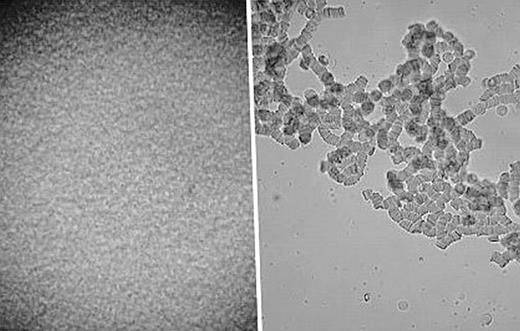Abstract
Ankaferd Blood Stopper® (ABS), a standardized mixture of the plants Thymus vulgaris, Glycyrrhiza glabra, Vitis vinifera, Alpinia officinarum, and Urtica dioica has been used as a haemostatic agent. However, the essential ‘mechanism of action’ of ABS is currently unknown. The aim of this study is to search the essential mechanism underlying the haemostatic actions of ABS. In our study, ABS induced a very rapid (less than 1 second) formation of a protein network within the plasma and serum. Individual clotting factors namely factor V, factor VII, factor VIII, factor IX, factor X, factor XI, factor XIII are not affected during the consecutive measurements. Plasma fibrinogen activity and antigen decreased from 302 mg/dl to 10 mg/dl, and fibrinogen antigen decreased from 299 mg/dl to 30 mg/dl, in parallel to the prolongation of thrombin time (TT). Biochemical tests also revealed that total protein, albumin, and globulin levels significantly decreased with the interactions of ABS. Red blood cells come together to form vital erythrocyte mass blocks in the presence of ABS. Vital physiological red blood cell aggregation after the exposure to Ankaferd Bloood Stopper in less than one second is depicted in Figure 1. The network of ABS could cover the entire physiological haemostatic process without unequally disturbing individual clotting factors. The basic mechanism of action for ABS appears to be the formation of an encapsulated protein network representing focal points as a niche for vital erythrocyte aggregation. ABS is a novel effective haemostatic agent that has the therapeutic potential for the management of hemorrhage in medical practice. Clinical trials with that promising medicine can provide the development of a new drug particularly active in pathological haemostasis.
Author notes
Disclosure: No relevant conflicts of interest to declare.


